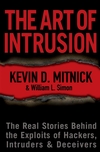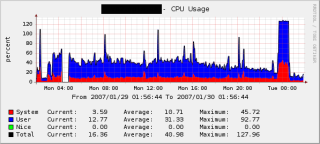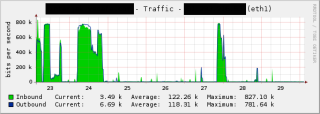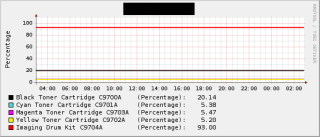Back in 2003 I bought my first Mac, a PowerBook G4. I’ve been very satisfied with the laptop, but it’s starting to get a bit old. Even though I don’t find an upgrade urgent since the computer still runs fine, it’s always nice to get some change once in a while. The only problem though is that I don’t find they new MacBooks improved enough for me to upgrade (sure, they’re faster, but that’s basically it).
In order for me to upgrade I’d need a better reason than just an increased CPU speed, because the speed of my laptop is currently not something that bothers me. However, there are some features that I miss on the MacBook.
Battery Life
Come on Apple, the battery life on the PowerBook and MacBook is pretty sad. When Sony can get their Vaios to run about 6-8 hours on the same CPU, I fail to see why this wouldn’t be possible on Apple’s laptops. Even the old Sonys (3 years old or so) has at least 4 hours of battery life.
Tablet
I certainly see a big market for this. Sure, the Windows Tablets might not been as successful as the PC vendors hoped, but I believe in the idea. Right now I often end up taking notes on a plain sheet of paper, since certain type of data (graphs etc) is too time-consuming to record with only a keyboard and mouse.
There is certainly a demand for a Mac Tablet, since a company named Axiotron actually developed a modified MacBook (named ModBook), which was modified into a tablet. However, it would be nice if Apple could release this themselves.
Biometric reader
There are plenty of different standards available, but I guess finger-print is the more widely used technology. Wouldn’t it be convenient to log into the computer without having to type a long (secure) password every time? I don’t know how well the BSD-kernel supports these kind of devices, and how it would be solved, but I’d sure love that feature.
If Apple can implement these features in the next generation MacBook, I’d be the first one to sign up on the waiting list (assuming it’s not too much more expensive than the current MacBook).
Author: Viktor Petersson Tags: Mac OS X













